Thomas Huffstutler
The Virtual Goniometer: A new method for measuring angles on 3D models of fragmentary bone and lithics
Nov 10, 2020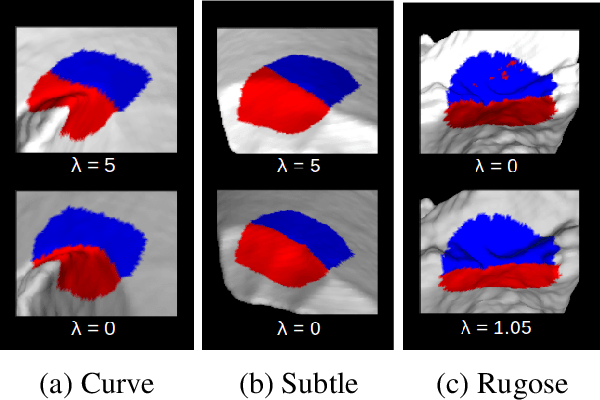

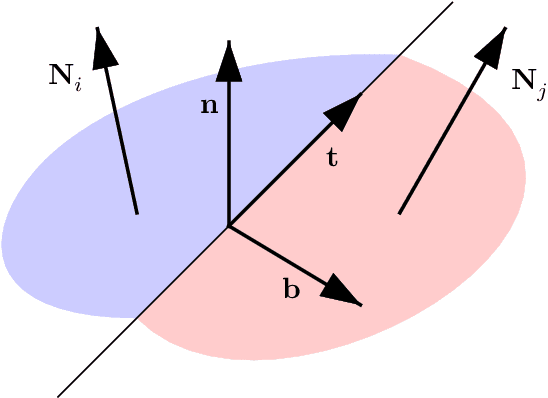

Abstract:The contact goniometer is a commonly used tool in lithic and zooarchaeological analysis, despite suffering from a number of shortcomings due to the physical interaction between the measuring implement, the object being measured, and the individual taking the measurements. However, lacking a simple and efficient alternative, researchers in a variety of fields continue to use the contact goniometer to this day. In this paper, we present a new goniometric method that we call the virtual goniometer, which takes angle measurements virtually on a 3D model of an object. The virtual goniometer allows for rapid data collection, and for the measurement of many angles that cannot be physically accessed by a manual goniometer. We compare the intra-observer variability of the manual and virtual goniometers, and find that the virtual goniometer is far more consistent and reliable. Furthermore, the virtual goniometer allows for precise replication of angle measurements, even among multiple users, which is important for reproducibility of goniometric-based research. The virtual goniometer is available as a plug-in in the open source mesh processing packages Meshlab and Blender, making it easily accessible to researchers exploring the potential for goniometry to improve archaeological methods and address anthropological questions.
Evaluating Older Users' Experiences with Commercial Dialogue Systems: Implications for Future Design and Development
Jan 30, 2019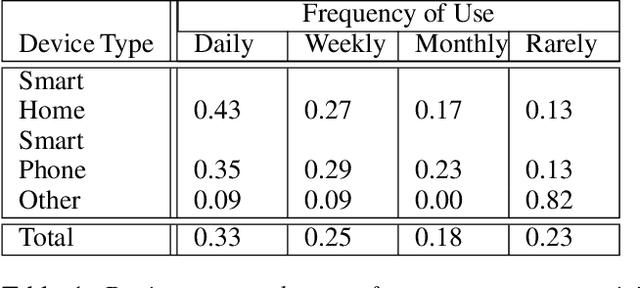
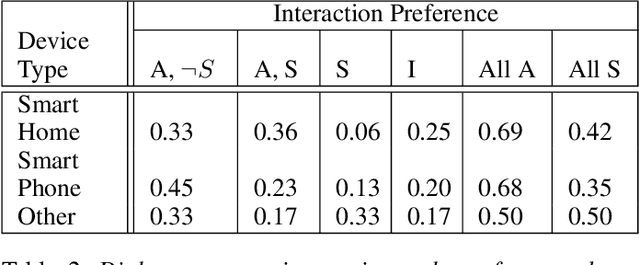

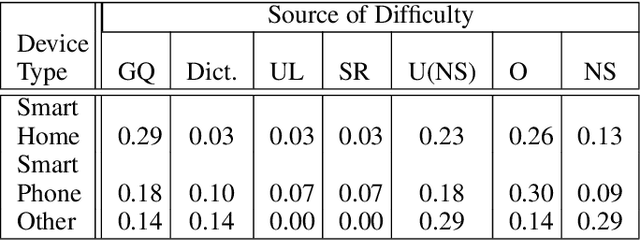
Abstract:Understanding the needs of a variety of distinct user groups is vital in designing effective, desirable dialogue systems that will be adopted by the largest possible segment of the population. Despite the increasing popularity of dialogue systems in both mobile and home formats, user studies remain relatively infrequent and often sample a segment of the user population that is not representative of the needs of the potential user population as a whole. This is especially the case for users who may be more reluctant adopters, such as older adults. In this paper we discuss the results of a recent user study performed over a large population of age 50 and over adults in the Midwestern United States that have experience using a variety of commercial dialogue systems. We show the common preferences, use cases, and feature gaps identified by older adult users in interacting with these systems. Based on these results, we propose a new, robust user modeling framework that addresses common issues facing older adult users, which can then be generalized to the wider user population.
 Add to Chrome
Add to Chrome Add to Firefox
Add to Firefox Add to Edge
Add to Edge